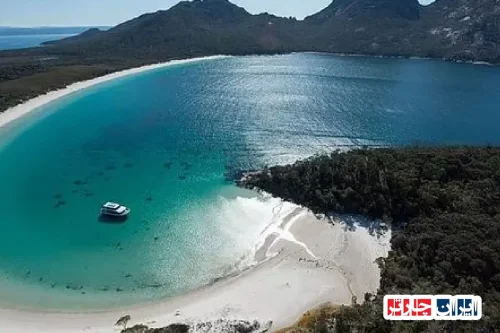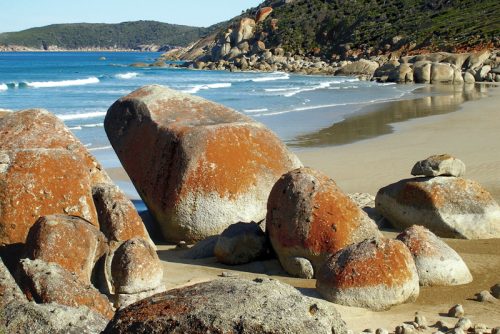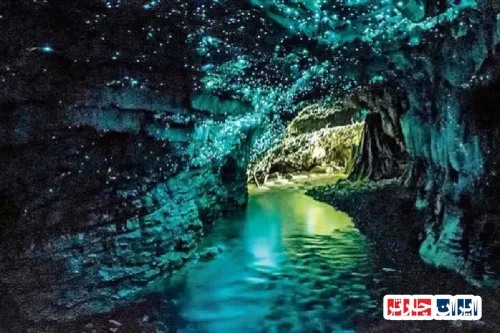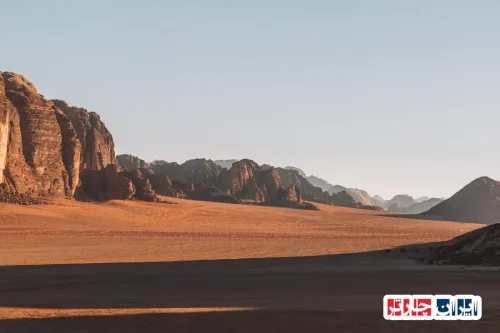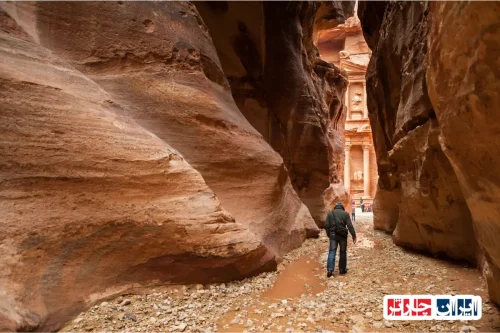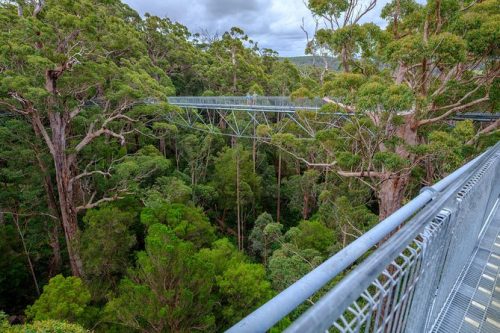Discover the Magnificent Persepolis Ruins in Fars Province Iran: An Unforgettable Journey into Ancient Persian Heritage
Persepolis Ruins in Fars Province Iran stand as a testament to the grandeur and sophistication of the ancient Persian Empire. Located in the heart of Iran’s Fars region, this archaeological site offers visitors a unique glimpse into the architectural brilliance, cultural richness, and historical significance of one of the world’s most influential civilizations. Exploring the Persepolis Ruins allows travelers to walk through the remnants of majestic palaces, intricate reliefs, and monumental staircases that once symbolized the power and glory of the Achaemenid dynasty. Recognized globally as a UNESCO World Heritage Site, the Persepolis Ruins in Fars Province Iran continue to attract historians, archaeologists, and tourists eager to uncover the mysteries of ancient Persia. Whether you’re passionate about history, architecture, or cultural heritage, visiting the Persepolis Ruins provides an immersive experience into the legacy of Iran’s rich past. Discover more about this extraordinary site and plan your visit to explore the enduring symbols of Persian civilization, which have inspired generations and remain a proud part of Iran’s national identity.
Discover the Rich History of Persepolis Ruins in Fars Province, Iran
The Persepolis Ruins in Fars Province, Iran, stand as a testament to the grandeur of the ancient Persian Empire. This archaeological site, recognized as a UNESCO World Heritage Site, offers a unique glimpse into the architectural brilliance and cultural richness of Iran’s glorious past. Visitors can explore the remnants of the ceremonial capital of the Achaemenid Empire, which once symbolized power, religion, and art in Persia.
Historical Significance of Persepolis in Fars Province, Iran
Persepolis, located in Fars Province, Iran, dates back to the 6th century BC and was established by Darius the Great. It served as the ceremonial center for the Persian kings, hosting grand celebrations and official events. The site reflects the political and religious authority of the Achaemenid dynasty and embodies Iran’s historical prominence in the ancient world. Its ruins narrate stories of conquest, cultural exchange, and imperial grandeur that shaped Iran’s history.
Architectural Marvels of Persepolis Ruins in Fars Province, Iran
The architecture of Persepolis in Fars Province, Iran, showcases an extraordinary blend of artistic innovation and engineering expertise. The site features massive stone staircases, intricate reliefs, and impressive columns that exemplify Persian craftsmanship. The use of limestone and sandstone, along with precise carving techniques, highlights the advanced construction methods of the time. These architectural elements not only served aesthetic purposes but also conveyed religious and political symbolism.
Key Structures Within Persepolis in Fars Province, Iran
Among the most notable structures in Persepolis are the Apadana Palace, the Gate of All Nations, and the Throne Hall. The Apadana Palace, with its grand staircase and detailed bas-reliefs, was used for receptions and ceremonies. The Gate of All Nations symbolizes the empire’s inclusiveness, welcoming delegations from different regions. The Throne Hall served as the venue for royal audiences, reflecting the authority and divine status of the Persian monarchs. Each structure provides insight into the complex social and political organization of ancient Persia.
Reliefs and Carvings: Stories from Persepolis in Fars Province, Iran
The reliefs and carvings at Persepolis depict scenes of royal ceremonies, military campaigns, and delegations from various nations. These detailed artworks reveal the multicultural aspect of the Persian Empire and its diplomatic relations. The images also illustrate religious rituals and mythological themes, offering a window into the spiritual beliefs of the time. Studying these reliefs helps uncover the cultural values and societal structure of ancient Iran.
Conservation Challenges and Preservation of Persepolis in Fars Province, Iran
Despite its historical importance, Persepolis faces threats from natural erosion, pollution, and human activity. Efforts are underway to preserve and restore this invaluable site through advanced archaeological techniques and international cooperation. Protecting Persepolis in Fars Province, Iran, ensures that future generations can continue to learn from and admire this cultural treasure. Sustainable tourism and strict regulations are essential to prevent further damage and maintain the site’s integrity.
Persepolis and Its Role in Modern Iranian Identity and Culture
Today, Persepolis remains a symbol of Iran’s rich cultural heritage and national pride. It inspires contemporary art, literature, and cultural festivals, reinforcing Iran’s historical identity. The site attracts millions of tourists annually, contributing to local economies and global awareness of Iran’s ancient civilization. Preserving Persepolis in Fars Province, Iran, is vital for fostering cultural continuity and promoting Iran’s historical legacy on the world stage.
Visiting Persepolis in Fars Province, Iran: Tips and Highlights
When visiting Persepolis, travelers should plan their trip during the cooler months to enjoy the site comfortably. Guided tours offer detailed insights into the history and architecture, enriching the experience. Key highlights include the Apadana staircase, the Gate of All Nations, and the intricate reliefs depicting ancient Persian life. Photography is encouraged to capture the majestic ruins, but preservation guidelines should be followed to protect the site’s integrity. A visit to Persepolis in Fars Province, Iran, provides an unforgettable journey into Iran’s ancient civilization.
Future Prospects for Persepolis in Fars Province, Iran
Ongoing archaeological research and technological advancements promise new discoveries at Persepolis. Efforts to enhance visitor experience through virtual tours and educational programs are expanding awareness of this cultural gem. Continued international collaboration and local community involvement are crucial for sustainable management. The future of Persepolis in Fars Province, Iran, depends on balancing preservation with accessibility, ensuring that this ancient marvel remains a source of pride and knowledge for generations to come.
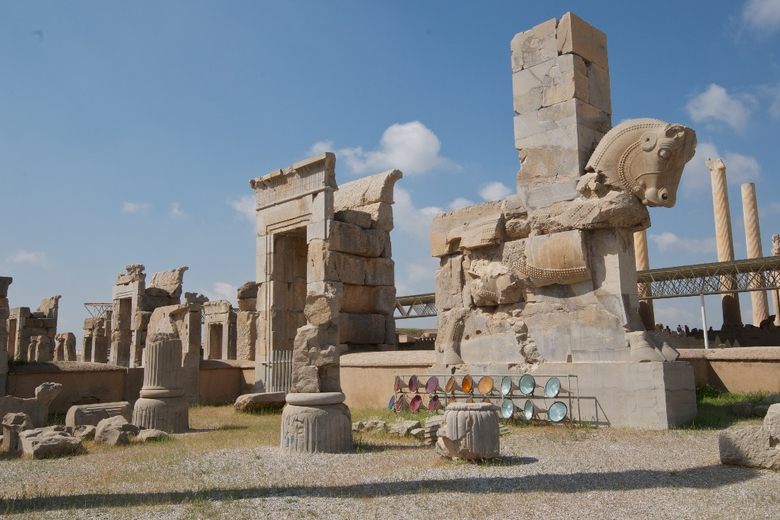
FAQ about Persepolis Ruins in Fars Province, Iran
- What is the historical significance of Persepolis?
- Persepolis served as the ceremonial capital of the Achaemenid Empire, symbolizing Persian political power, religious practices, and cultural achievements. Built in the 6th century BC by Darius the Great, it hosted grand celebrations and official events, reflecting the grandeur of ancient Persia and its influence in the ancient world.
- Where is Persepolis located?
- Persepolis is situated in Fars Province, Iran. It is an archaeological site that lies near the modern city of Shiraz, offering visitors a glimpse into Iran’s rich ancient history.
- What are the main architectural features of Persepolis?
- The site features massive stone staircases, intricate relief carvings, and impressive columns. The use of limestone and sandstone, along with detailed craftsmanship, highlights advanced Persian engineering and artistic skills. Key structures include the Apadana Palace, the Gate of All Nations, and the Throne Hall.
- What stories do the reliefs at Persepolis tell?
- The reliefs depict scenes of royal ceremonies, military campaigns, and delegations from various nations. They showcase religious rituals, mythological themes, and multicultural interactions, providing insights into the social and diplomatic life of ancient Persia.
- What are the main challenges in preserving Persepolis?
- Natural erosion, pollution, and human activity threaten the site. Conservation efforts involve advanced archaeological techniques and international cooperation to protect and restore Persepolis, ensuring its preservation for future generations.
- How does Persepolis influence modern Iranian culture?
- Today, Persepolis symbolizes Iran’s cultural heritage and national pride. It inspires art, literature, and festivals, and attracts millions of tourists annually, contributing to local economies and promoting Iran’s ancient civilization globally.
- When is the best time to visit Persepolis?
- The ideal time is during cooler months to enjoy the site comfortably. Guided tours enhance understanding, and visitors should follow preservation guidelines while capturing photographs of the majestic ruins.
- What future developments are planned for Persepolis?
- Ongoing archaeological research, virtual tours, and educational programs aim to expand awareness. International collaboration and sustainable tourism practices are key to maintaining the site’s integrity and accessibility.
- Is Persepolis open to the public year-round?
- Yes, Persepolis is generally open throughout the year, but visiting during spring and autumn offers more comfortable weather. It’s advisable to check local schedules and guidelines before planning your trip.
- What should visitors know before visiting Persepolis?
- Visitors should wear comfortable clothing, bring sun protection, and follow site regulations to help preserve the ruins. Hiring a guide can provide valuable insights into the history and significance of the site.
- How does Persepolis contribute to Iran’s tourism industry?
- As a UNESCO World Heritage Site, Persepolis attracts millions of tourists annually, boosting local businesses and promoting Iran’s cultural heritage on the global stage.
- Are there any restrictions for visitors at Persepolis?
- Yes, visitors are asked to avoid touching the reliefs, climbing on structures, and littering. Following these rules helps in the conservation of this invaluable archaeological site.
- What role does Persepolis play in Iranian identity today?
- Persepolis is a symbol of Iran’s ancient civilization, cultural pride, and historical continuity. It influences contemporary art and national celebrations, reinforcing Iran’s rich heritage.
- Can I visit Persepolis as part of a guided tour?
- Absolutely. Guided tours are available and highly recommended for a comprehensive understanding of the site’s history, architecture, and cultural significance.
- What are the main highlights to see at Persepolis?
- Key highlights include the Apadana Palace, the Gate of All Nations, the Throne Hall, and the detailed relief carvings depicting royal ceremonies and multicultural interactions.






